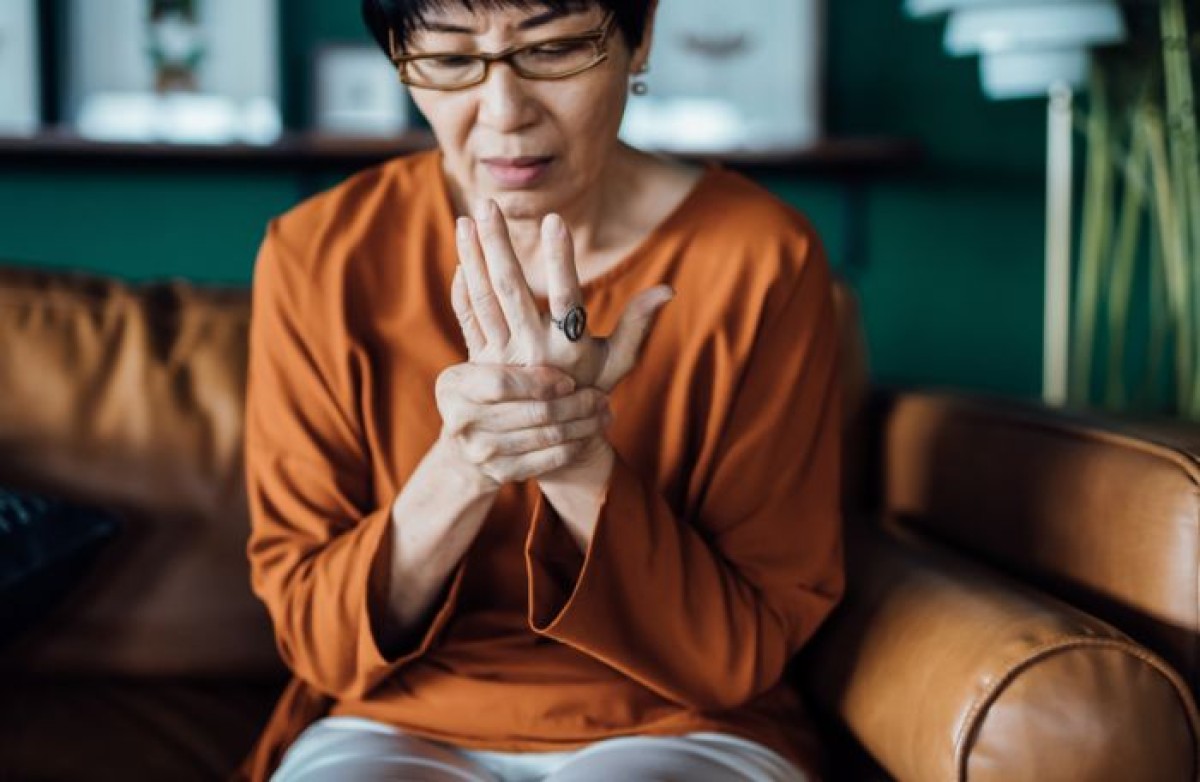A study provides a promising solution to maintain bone health in women!


A team of researchers conducted a medical study over a period of 3 years to examine the effect of lifestyle changes on bone health in older women with metabolic syndrome.
The study focused on the impact of a low -calorie -calorie diet with an increase in regular physical activity on bone health, in an attempt to know the ability of these lifestyle changes to maintain the density of minerals in the bone, especially in light of increased obesity and aging around the world.
The results showed that women who followed this program, which aims to lose weight and enhance physical activity, have achieved a remarkable improvement in the density of minerals in the bone, especially in the lumbar spine.
Metal density in the bone is a scale used to determine the strength of the bone and the extent of its fracture. Also, the low density is one of the main factors that lead to osteoporosis, a condition that increases the risk of fractures.
Although weight loss is one of the main procedures for dealing with obesity and reducing related diseases, many previous studies have shown that weight loss may be associated with a decrease in mineral density in the bone, which exposes the person to the risk of osteoporosis.
In the recent study, Rovira I Virgili University researchers conducted a secondary analysis within the Predimed-Plus experience (a 3-year random clinical study conducted on 23 locations in Spain). The analysis included 924 adults between the ages of 55 and 75 years (49.1% of whom are women) suffering from metabolic syndrome and weight gain or obesity. The experiment has scored two main groups:
The first followed a 30% low -calorie diet with physical activity and behavioral support.
The second followed the Mediterranean diet itself, but without reducing calories or encouraging physical activity.
The density of minerals in the bone was measured in several locations of the body, such as the thigh bone and the lumbar spine (the lower back). The total metal content in the bone was evaluated at the beginning of the study, then after one year, and after 3 years.
The results showed that there is no significant impact on the total bone mineral content or in the spread of lower mineral density in the bone in general. However, there were positive and important results in improving the density of minerals in the bone in the cotton spine in women who participated in the group that received diet and physical activity. In all participants, the density of minerals in the bone in the cotton spine improved in the intervention group compared to the control group.
Moreover, the analyzes that excluded the posts taking calcium or vitamin D supplements showed a steady and statistically significant indication of the density of minerals in the bone in the cotton spine.
The study indicated that the interventions that include a medium -calorie diet and increase physical activity can be an effective strategy to maintain bone health in older women, especially those who suffer from the risk of lower mineral density in the bone associated with age.
The study was published in Jama Network Open.
Source: Medical Express